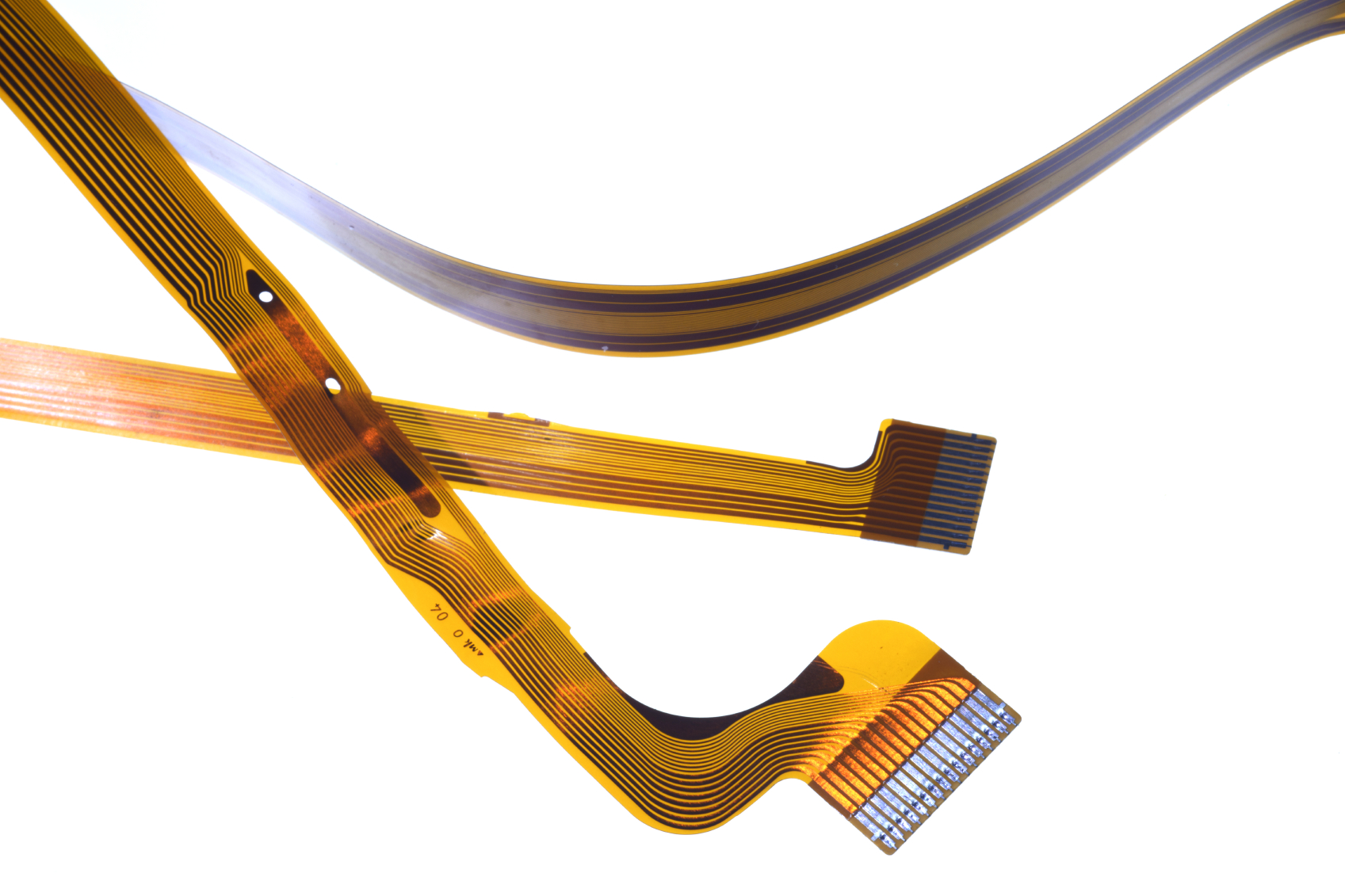Double Sided Flexible Circuits
Double Sided Flexible PCB
Double sided flexible circuits are the most common construction used in the flexible printed circuit family. They consist of two conductive layers thus “double sided” and three insulating layers, one between the conductive layers and two outside layers on top and bottom. These circuits have an overall thickness range of 6.4 (.0064”) to 9.8 (.0098”) mils typically. These are the second most flexible circuit construction by definition and they are commonly used in more complex applications such as high end audio and GPS equipment. The double sided advantage comes from twice the signal density as a single‐sided construction because the signals are run on two layers as opposed to one and allows more circuitry to be designed onto a similar size physically. All component types can be attached to double‐sided circuits and current carrying capabilities of signal traces range from a few milliamps to several amps.
Some Key Points
- Standard and robust construction well suited for complex electronic products
- Thin, light weight and durable enough to outlast your product life cycle
- Wide operating temperature range from ‐55°C ‐ 150°C
- Mount all component types – surface mount (SMT), thru – hole, crimp on pins, wire bond, BGA
- Meets IPC‐6013 Qualifications and Performance Specifications for Flexible Printed Boards
Design Capabilities
- Layer Count: 2 conductive layers
- Trace/Space: .004”/.004” typical, .003”/.003” non‐typical
- Current Carrying Capacity: few milliamps to several amps
- Hole Size: .006” drilled/plated and .008” drilled/not plated typical, .004” laser drilled/plated non‐typical
- Copper Thickness: ¼ oz, ½ oz, 1 oz, 2 oz typical, 7.8 mil & 10 mil non‐typical
- Material thickness: 1 mil, 2 mil typical, 3 mil and 5 mil non‐typical
- FR4 Stiffener Thickness: .010” ‐ .125”
- Polyimide Stiffener Thickness: .002” ‐ .010”






